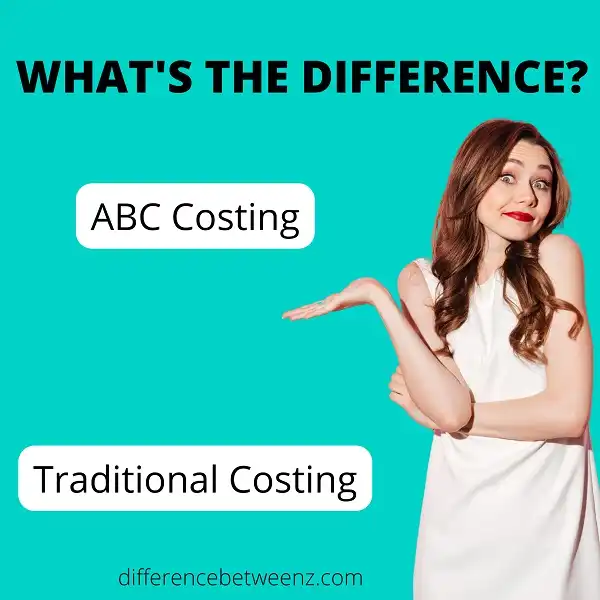One of the most common debates in business is how to best calculate and track costs. Some businesses use ABC or Activity-Based Costing, while others stick to traditional methods. What are the differences between these two approaches, and which one is better for your company? In this blog post, we’ll explore the pros and cons of each technique so you can make an informed decision about which approach is right for you.
What is ABC Costing?
ABC costing is a system that assigns manufacturing costs to products. ABC stands for “activity-based costing”. This system assigns costs to activities that are the driver of costs, rather than assigning them solely to the final product. ABC systems are used in inventory valuation and performance measurement. The goal of ABC costing is to more accurately reflect the true cost of each product, by taking into account all the costs associated with manufacturing it. ABC costing systems can be complex and time-consuming to set up, but they can provide valuable insights into the true cost of products and help businesses make more informed pricing decisions.
What is Traditional Costing?
Traditional costing is a method of product costing that includes all manufacturing costs, both fixed and variable. Fixed production overheads are allocated to products on the basis of a predetermined overhead absorption rate. This approach is sometimes known as full costing. Product costs under traditional costing include:
– direct materials
– direct labor
– variable production overheads
– fixed production overheads.
Traditional costing is the standard method used in Cost Accounting. It has the advantage of being relatively easy to use and understand, but it has a number of limitations. In particular, it is not well suited to businesses that produce a mix of products, or that have high levels of overhead costs. As manufacturing processes have become more complex, and as product mix has increased, many businesses have moved away from traditional costing in favor of other methods, such as Activity Based Costing. However, traditional costing remains the most widely used method of product costing.
Difference between ABC and Traditional Costing
ABC and Traditional Costing are two popular methods for allocating manufacturing overhead costs. ABC, or activity-based costing, assigns costs to products based on the activities that are required to produce them. Traditional costing, on the other hand, uses a single overhead rate that is applied to all products.
ABC is generally considered to be more accurate than traditional costing, as it more accurately reflects the true cost of production. However, ABC can be more cumbersome to implement and requires more detailed data. As a result, traditional costing is still widely used in many businesses.
Conclusion
ABC and traditional costing are two different methods of cost accounting. ABC is a more detailed and accurate way of calculating the costs of products, while traditional costing is less detailed but easier to use. Both methods have their pros and cons, so it is important to understand the difference between them before deciding which one is best for your business.


